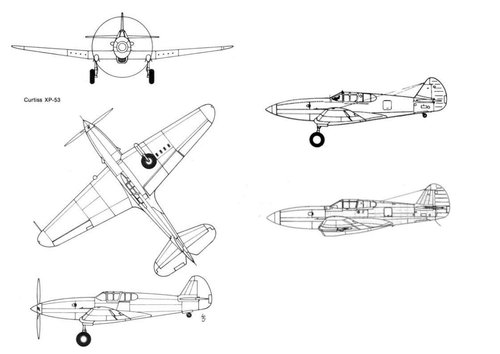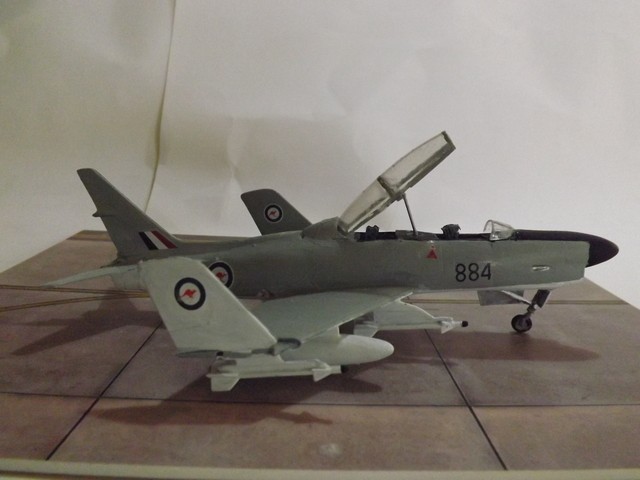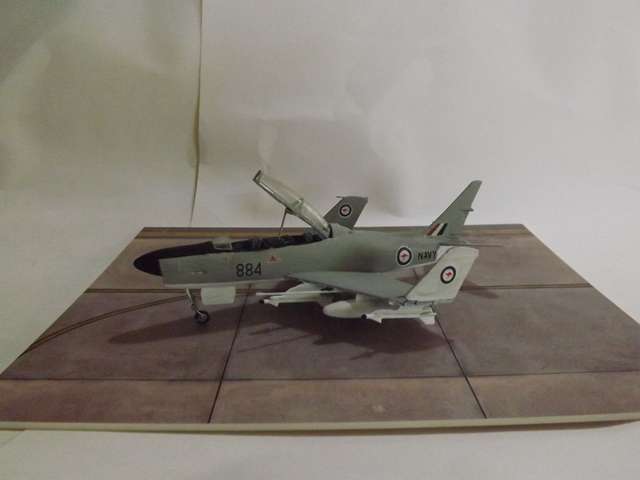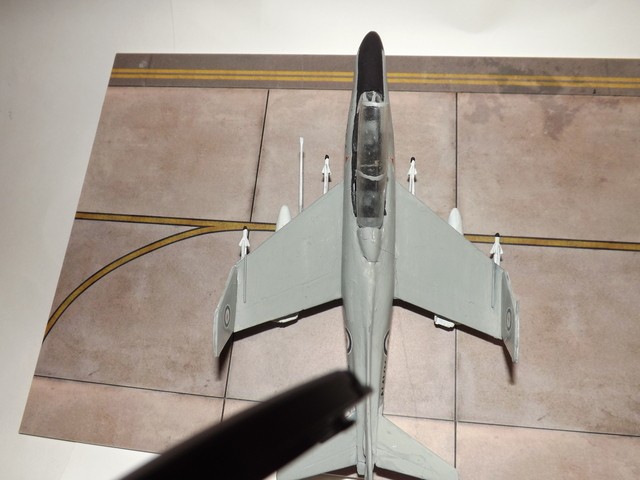R.A.N Grumman Tracer AEW
When the Royal Australian Navy took delivery of an older ESSEX class carrier from the US Navy in 1969, they also took on an airgroup of aircraft. Grumman Trackers, Tracers and Vought Crusaders and Douglas Sky Hawks. The Trackers were ASW assets, the Tracers AEW aircraft and the Crusaders were fighters and the Sky Hawks strike aircraft.
This model depicts a Grumman Tracer in 1982. It is flying as a member of 817 squadron, part of the complement of HMAS AUSTRALIA. In 1981 the decision had been taken to change the radial engines for turbo-prop engines just had occurred for the Trackers. This enabled commonality to be continued. The aircraft had a substantially greater range and higher speeds and altitudes. With revised avionics the range at which it could detect a fighter was also much greater.



The Kit
The kit is a resin one from Brazil. It was made of the toughest resin I have encountered. The Turboprops were from Germany. A great deal of work went into fitting the turboprops while changing it to one with the wings folded was also the result of a great deal of work. It is not a kit I would recommend. I was aware that there was also a Mach-2 kit but had built several of those before and didn't think it would be worth the effort. Appears I bit off more than I could chew! Painted with a hairy stick and the decals came from the spares box.
When the Royal Australian Navy took delivery of an older ESSEX class carrier from the US Navy in 1969, they also took on an airgroup of aircraft. Grumman Trackers, Tracers and Vought Crusaders and Douglas Sky Hawks. The Trackers were ASW assets, the Tracers AEW aircraft and the Crusaders were fighters and the Sky Hawks strike aircraft.
This model depicts a Grumman Tracer in 1982. It is flying as a member of 817 squadron, part of the complement of HMAS AUSTRALIA. In 1981 the decision had been taken to change the radial engines for turbo-prop engines just had occurred for the Trackers. This enabled commonality to be continued. The aircraft had a substantially greater range and higher speeds and altitudes. With revised avionics the range at which it could detect a fighter was also much greater.



The Kit
The kit is a resin one from Brazil. It was made of the toughest resin I have encountered. The Turboprops were from Germany. A great deal of work went into fitting the turboprops while changing it to one with the wings folded was also the result of a great deal of work. It is not a kit I would recommend. I was aware that there was also a Mach-2 kit but had built several of those before and didn't think it would be worth the effort. Appears I bit off more than I could chew! Painted with a hairy stick and the decals came from the spares box.



